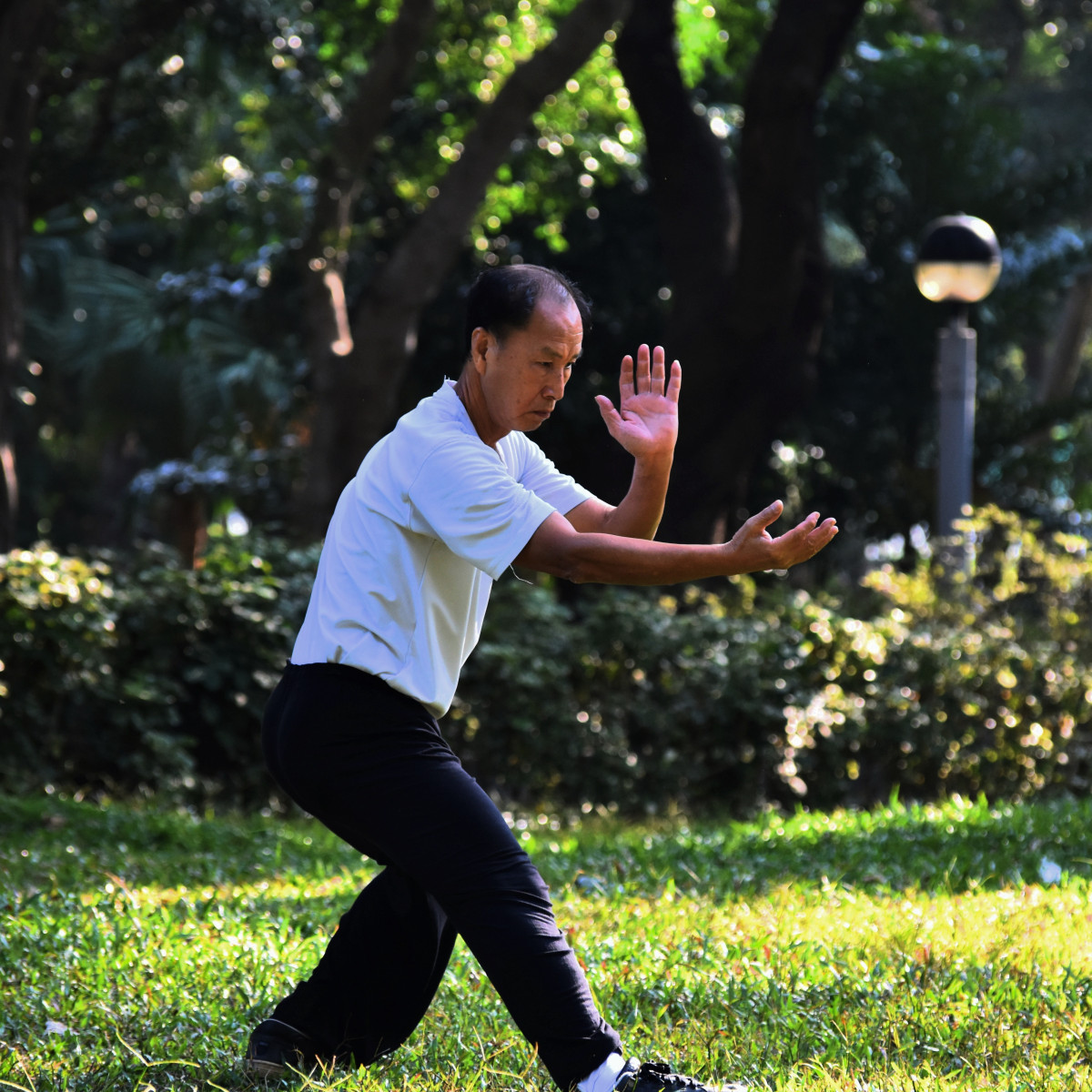Qigong May Reduce AS Patients’ Fatigue, Morning Stiffness, Study Suggests

Baduanjin qigong training, a traditional Chinese exercise, may reduce fatigue and morning stiffness in people with ankylosing spondylitis (AS), according to a recent pilot study.
The results, “A 12-week Baduanjin Qigong exercise improves symptoms of ankylosing spondylitis: A randomized controlled trial,” were published in the journal Complementary Therapies in Clinical Practice.
Current practice guidelines to relieve AS symptoms recommend a combination of medication and physical exercise. Exercise is meant to help AS patients maintain good posture, reduce pain and stiffness, prevent bone deformities, and improve physical and mental health.
Baduanjin qigong (also called Eight-Section Brocade) is one of the most common forms of traditional Chinese qigong (also spelled “Chi Kung”), an exercise system that coordinates body, breath, and mind in a harmonious manner.
Considered a medical form of qigong, Baduanjin qigong has been practiced for more than 1,000 years. It is very easy to learn, consisting of eight simple movements, each with four to eight repetitions. These slow, relaxing movements stretch the spine and limbs and improve muscle strength.
Several studies have shown that Baduanjin qigong improves quality of life, sleep, balance, trunk flexibility, and reduces pain and fatigue in people with various diseases.
The pilot, randomized, controlled, single-blind study (ChiCTR-TRC-14004650) evaluated the effectiveness and safety of a 12-week Baduanjin qigong exercise regimen in 46 AS patients. The trial was conducted at the Jiangsu Province Hospital of Traditional Chinese Medicine, in Nanjing, China.
Participants were randomly assigned to undergo a 12-week, two-phase Baduanjin qigong training program (23 patients) or to maintain their current lifestyle without practicing Baduanjin qigong (23 patients).
The first phase of the Baduanjin qigong regimen involved two classes per week over four weeks at the hospital, while in the second phase patients were asked to practice Baduanjin qigong at home at least three times a week for eight weeks.
Participants were neither allowed to change AS medications nor participate in other exercise programs during the study.
The trial’s primary goal was to assess the participants’ disease activity using the Bath Ankylosing Spondylitis Disease Activity Index (BASDAI), which measures fatigue, spinal pain, peripheral arthritis, enthesitis (inflammation of the ligaments that connect muscles to bones), and intensity and duration of morning stiffness.
Secondary goals included the assessment of functional capacity measured with the Bath Ankylosing Spondylitis Functional Index (BASFI), mobility measured with the Bath Ankylosing Spondylitis Metrology Index (BASMI), chest expansion, patient global assessment of disease activity, and night spinal pain.
All parameters were assessed at the beginning of the study and after the treatment period.
The results showed that patients who underwent the Baduanjin qigong exercise program had a significant reduction of fatigue and intensity and duration of morning stiffness, compared with those who did not. The exercise regimen was also found to improve patient global assessment of disease activity.
Researchers hypothesized that the lack of significant differences in the mobility and chest expansion parameters might be due to the fact that measurements were not performed at the same hour of the day, and there may be clinical differences in the signs and symptoms of AS in the morning and afternoon.
No severe adverse effects were reported during the study; seven patients in the Baduanjin qigong group reported mild muscle ache in the thigh and leg areas during the first two weeks of treatment.
“Compared with general exercise, such as walking, swimming, or routine posture exercise, Baduanjin qigong comprises multiple aspects of exercise, together with a mental training component; these may generate more significant results than a single approach,” the researchers stated. They noted, however, that more strictly designed studies are required to confirm these findings.






